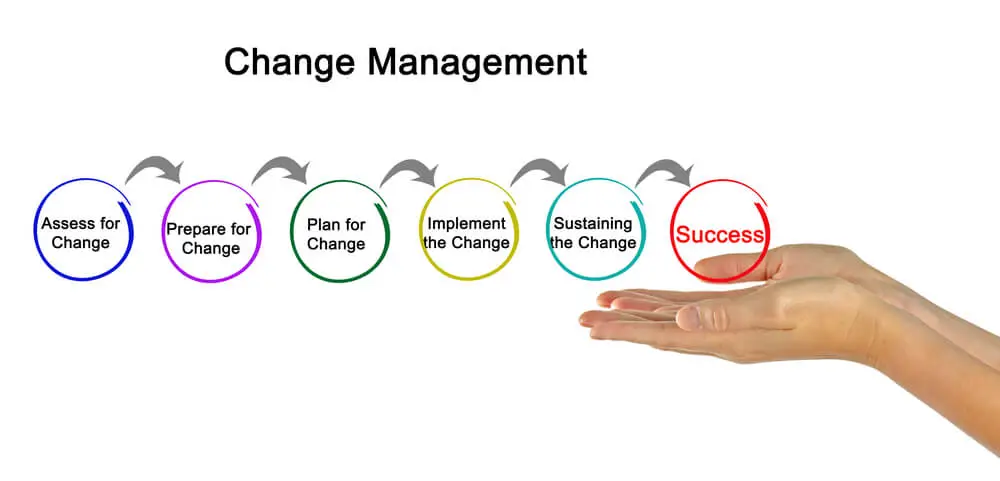Change management As Per WHO TRS1019 Annex 3
Change management is the process that uses to identify, document and authorize changes in approved standard documents & procedure to minimizes the likelihood of disruptions, unauthorized alterations and errors. The change control procedures should be designed with the size and complexity of the environment in mind. In all cases there should be clear identification of who is responsible for the change control process. Manufacturers should follow change-control procedures when changes are planned to existing systems or processes. The change-control procedure and records should ensure that all aspects are thoroughly documented and approved, including regulatory approval where appropriate (variation).Sufficient data should be generated to demonstrate that the revised process will result in a product of the desired quality, consistent with approved specifications.

CHANGE CONTROL
Validation should be considered when changes to production and/or control procedures are planned. Based on risk assessment, changes that may require revalidation could include (but are not limited to):
- Changes in the master formula, methods, starting material manufacturer, starting material manufacturing process, excipient manufacturer, and excipient manufacturing process.
- Changes in the equipment or instruments (e.g. addition of automatic detection systems).
- Changes associated with equipment calibrations and the preventive maintenance carried out may impact the process.
- production area and support system changes (e.g.re-arrangement of areas or a new water-treatment method).
- Changes in the manufacturing process (e.g. mixing times, drying temperatures).
- Transfer of processes to another site.
- Unexpected changes (e.g. those observed during self-inspection or during routine analysis of process trend data).
- Changes to standard operating procedures.
- Changes to cleaning and hygiene programmes.
Depending upon the nature of the change being proposed, the change control process should consider whether existing approved specifications will be adequate to control the product subsequent to the implementation of the change.

A change control process should consider the following elements:
Change Request Initiation and Control – Requests for changes should be standardized and subject to management review. Changes should be categorized and prioritized and specific procedures should be in place to handle urgent matters. Change requestors should be kept informed about the status of their request.
Impact Assessment – A procedure should be in place to ensure that all requests for change are assessed in a structured way for all possible impacts on the operational system and its functionality.
Control and documentation of Changes – Changes to production systems should be made only by authorized individuals in a controlled manner. Where possible a process for rolling back to the previous version should be identified. It is also important to document what changes have been made. At a minimum a change log should be maintained that includes a brief functional description of the change; date the change was implemented; who made the change; who authorized the change (if multiple people can authorize changes); and what technical elements were affected by the change.
Documentation and Procedures – The change process should include provisions that whenever system changes are implemented, the associated documentation and procedures are updated accordingly.
Authorized Maintenance – Staff maintaining systems should have specific assignments and their work monitored as required. In addition, their system access rights should be controlled to avoid risks of unauthorized access to production environments.
Version Control – Control should be placed on production source code to ensure that only the latest version is being updated. Otherwise previous changes may be inadvertently lost when a new change is moved into production. Version control may also help in being able to effectively back out of a change that has unintended side affects.
Emergency Changes – Emergency situations may occur that requires some of the program change controls to be overridden such as granting programmers access to production. However, at least a verbal authorization should be obtained and the change should be documented as soon as possible.
Reference: Good manufacturing practices: guidelines on validation -Annex 3

